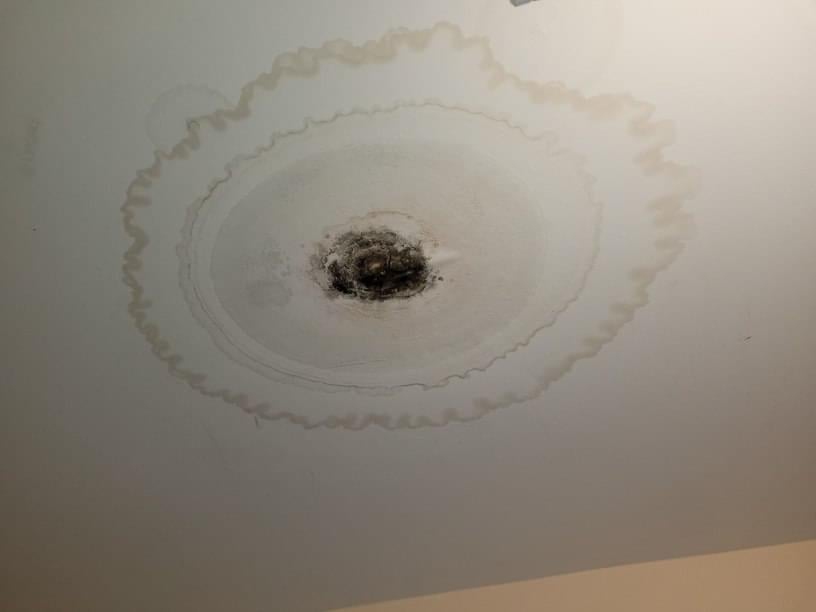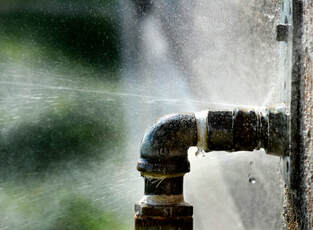This article following next involving Top leak detection hacks is quite enjoyable. Don't bypass it.

Early detection of leaking water lines can mitigate a possible calamity. Some small water leaks might not be visible.
1. Examine the Water Meter
Every residence has a water meter. Inspecting it is a surefire manner in which assists you discover leakages. For starters, switch off all the water sources. Make certain nobody will certainly flush, make use of the faucet, shower, run the cleaning machine or dishwashing machine. From there, most likely to the meter as well as watch if it will certainly change. Considering that no person is utilizing it, there should be no motions. That suggests a fast-moving leak if it relocates. If you detect no adjustments, wait a hr or two and inspect back again. This indicates you might have a slow leak that can also be below ground.
2. Check Water Usage
Assess your water costs and track your water usage. As the one paying it, you should see if there are any type of discrepancies. If you detect sudden changes, in spite of your consumption coinciding, it suggests that you have leaks in your plumbing system. Bear in mind, your water expense need to fall under the exact same array monthly. An abrupt spike in your bill suggests a fast-moving leakage.
A constant rise every month, also with the same behaviors, shows you have a slow leakage that's additionally gradually rising. Call a plumber to completely check your residential property, particularly if you feel a cozy location on your floor with piping beneath.
3. Do a Food Coloring Test
When it comes to water intake, 30% comes from commodes. If the shade somehow infiltrates your bowl throughout that time without flushing, there's a leak between the storage tank and bowl.
4. Asses Exterior Lines
Don't fail to remember to inspect your outside water lines as well. Needs to water leak out of the link, you have a loosened rubber gasket. One small leak can lose heaps of water and also increase your water costs.
5. Assess the scenario and evaluate
Home owners should make it a habit to examine under the sink counters as well as also inside cabinets for any type of bad odor or mold and mildew development. These two red flags show a leakage so punctual focus is required. Doing routine assessments, even bi-annually, can conserve you from a major problem.
Inspect for stainings as well as compromising as a lot of pipelines and also appliances have a life span. If you suspect dripping water lines in your plumbing system, do not wait for it to intensify.
Early discovery of leaking water lines can reduce a prospective disaster. Some tiny water leaks may not be visible. Examining it is a proven way that assists you uncover leaks. One small leakage can waste heaps of water and surge your water costs.
If you believe leaking water lines in your plumbing system, don't wait for it to intensify.
WARNING SIGNS OF WATER LEAKAGE BEHIND THE WALL
PERSISTENT MUSTY ODORS
As water slowly drips from a leaky pipe inside the wall, flooring and sheetrock stay damp and develop an odor similar to wet cardboard. It generates a musty smell that can help you find hidden leaks.
MOLD IN UNUSUAL AREAS
Mold usually grows in wet areas like kitchens, baths and laundry rooms. If you spot the stuff on walls or baseboards in other rooms of the house, it’s a good indicator of undetected water leaks.
STAINS THAT GROW
When mold thrives around a leaky pipe, it sometimes takes hold on the inside surface of the affected wall. A growing stain on otherwise clean sheetrock is often your sign of a hidden plumbing problem.
PEELING OR BUBBLING WALLPAPER / PAINT
This clue is easy to miss in rooms that don’t get much use. When you see wallpaper separating along seams or paint bubbling or flaking off the wall, blame sheetrock that stays wet because of an undetected leak.
BUCKLED CEILINGS AND STAINED FLOORS
If ceilings or floors in bathrooms, kitchens or laundry areas develop structural problems, don’t rule out constant damp inside the walls. Wet sheetrock can affect adjacent framing, flooring and ceilings.
https://www.servicemasterbyzaba.com/blog/how-to-detect-water-leakage-in-walls/

I hope you enjoyed our piece about Locating water leaks. Thanks so much for taking a few minutes to read our article. Liked our posting? Please share it. Help others locate it. Thanks a lot for going through it.